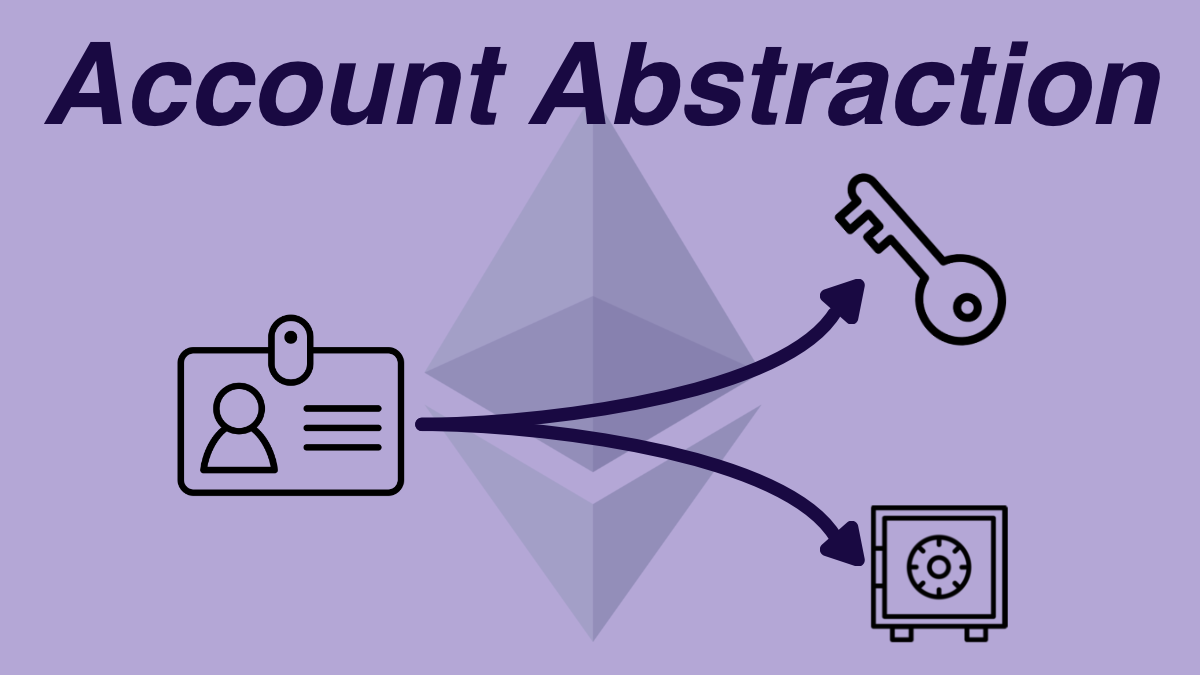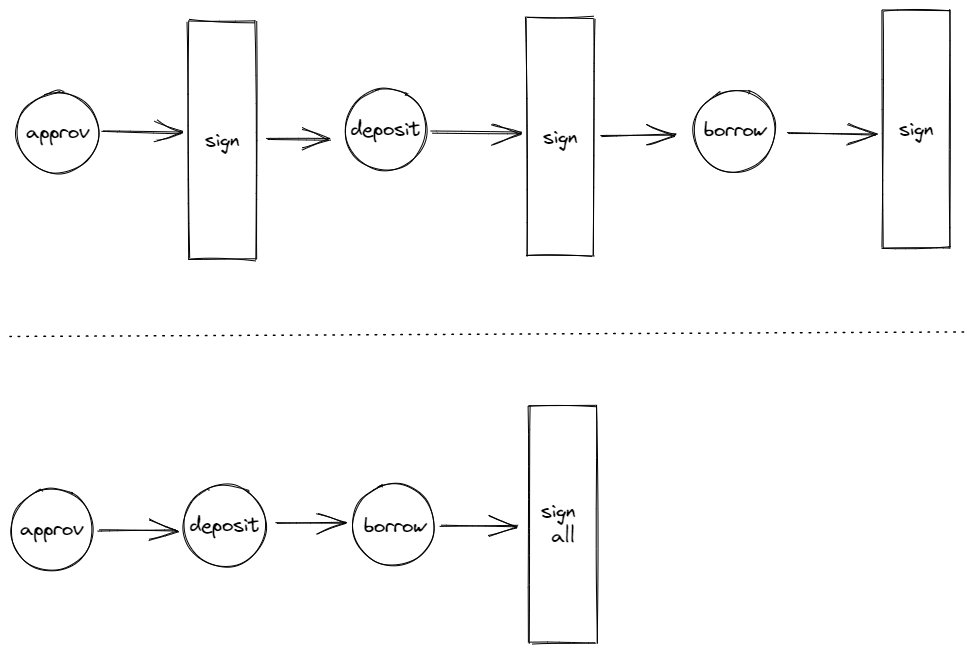
¶ Account Abstraction
¶ The World Computer
Ethereum is the World Computer, a single, globally shared computing platform that exists in the space between a network of 1,000s of computers (nodes).
These nodes are real computers in the real world, communicating directly from peer to peer.
The purpose of the greater Ethereum apparatus is to offer a single shared computing platform - the Ethereum Virtual Machine (EVM).
¶ Ethereum Accounts
Within the EVM, the atomic unit of identity (and ownership) is the account.
Accounts can be either Externally Owned Accounts (EOAs), controlled by a non-EVM entity (eg a person), or Contract Accounts (CAs), controlled by its smart contract code.
EOAs and CAs have some very important differences.
At a high level: EOAs are controlled by people (or code outside the EVM) using a keypair, CAs are controlled by code (inside the EVM).
EOAs are the only accounts that can initiate EVM actions.
¶ Keys and Keypairs
A keypair (a public and private key) gives you the ability to perform digital signatures, used to publicly confirm two things:
- the message was really sent by the person claiming to send it
- the message has not been tampered with
Here's the basic construct:
- private key + message = signature
- public key + signature + message = verification
Within the context of the EVM, these "messages" are transactions. Thus, the digital signature shows the person with the private key authorized the transaction.
¶ Ethereum's Keys
There are many different signature/keypair schemes; Ethereum uses a scheme called ECDSA (secp256k1).
Here's the only thing you need to know about any of those letters: an Ethereum account address is the last 20 bytes of the (hash of) the ECDSA (secp256k1) scheme.
The result is that Ethereum has the logic of ECDSA (secp256k1) built into the core code of the EVM itself.
In order for the EVM to validate a signature from a given address, it must process all the data through the scheme.
ECDSA (secp256k1) is hardcoded into the EVM.
Here is the core insight required to understand account abstraction: currently, Ethereum accounts are so tightly coupled to keypairs that they are essentially the same thing.
If you control a private key, you control an account.
"Not your keys, not your crypto."
¶ Account Abstraction
Account abstraction will decouple the entity within the EVM (account) from the entity with the authority to move your assets (keypair, or signer).
Here's the trick: we are going to turn ALL accounts into CAs, which can define their own valid transactions.
As long as the CA supports specific functions (eg validate signature), it can BE an account.
We define these specific functions through an API. A core part of the process of implementing the account abstraction will be designing this API (thereby implementing abstraction).
Once implemented, Ethereum becomes instantly more customizable, flexible and future proof.
¶ Quantum Resistance
The best way to see this is to return back to the signature scheme we use today, ECDSA (secp256k1). This scheme is incredibly powerful... for now.
The problem with ECDSA (secp256k1) is that it is not quantum secure. A quantum computer could break it instantly, destroying Ethereum in the process.
Quantum computers are not yet powerful enough to be an issue, but they will be.
Account abstraction gives us the flexibility we need to move to different signature schemes, as required.
Even more powerfully, there's no reason everyone needs to use the same scheme.
Every user would be free to secure their assets with whatever cryptography they like.
¶ More Implications and Applications
But replacing the signature scheme is just the start. It get's the most talk because of the looming quantum threat, but account abstraction opens up an entire new design space:
Ethereum user experience!
Here are just a few of the more exciting ideas I've seen so far!
¶ Fraud Monitoring
An account can require a second signature from a 3rd-party fraud monitor, who inspects every transaction for known scams, predefined security rules, etc.
This 3rd-party would not have control over your assets, just transaction approval privileges.
¶ Multicalls
An account can batch together multiple transactions and execute them all with a single signature/user input.
Hasufl said it best, so I'll leave the image he left in this tweet below.

¶ Session Keys
An account can generate a key and grant it specific privileges/duration. The account can then grant this key to semi-trusted spaces (eg a browser), improving UX without exposing the whole account.
Imagine a blockchain game without having constant approvals.
¶ Two-Factor Authentication
An account can grant a set of authorization keys (similar to fraud monitoring) to a third party service that will only approve a transaction if you confirm with a second method (eg SMS or email).
¶ Hardware Integration
Perhaps the coolest thing? Integration into the hardware that companies like Apple are already shipping.
Imagine if your private keys were held in the secure enclave on your iPhone... approve transactions with FaceID!
¶ Implementing Account Abstraction
Bottom line, account abstraction not only enables a much better, more user-friendly Ethereum, it is also the cleanest way to deal with the existential threat of quantum computers.
But, unfortunately, implementing it has not been easy.
The good news is that rollups are offering a new, interesting opportunity to build in account abstraction from the very beginning.
While the Ethereum gigabrains are hard at work, projects like ZK-Sync, StarkWare and Argent are out there inventing the tech.
So, fear not, dear reader, the greater Ethereum community knows what it is doing!
I can't tell you when account abstraction is coming, I can't even tell you what it will look like or where it will be...
But when it comes, account abstraction will leap us forward.
¶ Resources
Source Material - Twitter Link
Further Reading
- WTF is Account Abstraction
- Ethereum Account Abstraction - Everything You Need to Know